Introduction to top 10 flowers to grow in pots: The term potted flowering plants refers to plants whose primary purpose is to produce flowers, typically grown in pots or similar containers, used chiefly for interior decoration, whether grown under cover or in the field. A container grows almost any vegetable, flower, herb, shrub, or small tree. The best plants for small pots are dwarf and compact – choose plants suitable for your climate and the amount of sun or shade you will receive.
Guide on top 10 flowers to grow in pots, how to plant flowers in a pot, tips, pots and DIY options, planting time
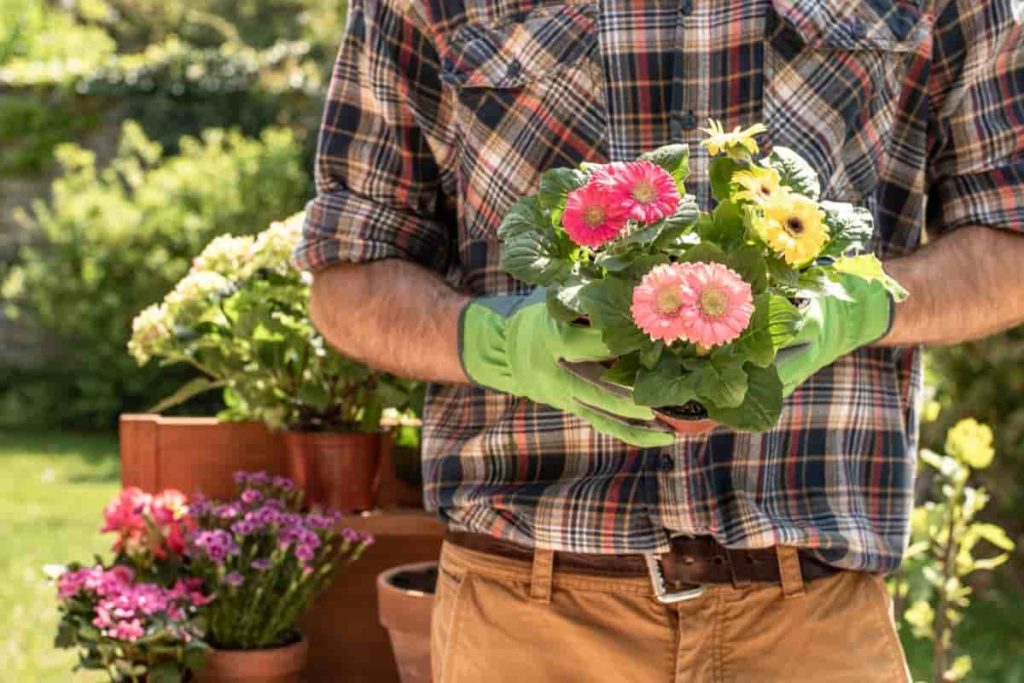
The essentials for growing flowers in pots
Sunlight
Herbs and vegetables with fruit need seven to twelve hours of sunlight per day. Look for shade-tolerant varieties such as spinach and chard if you don’t have those. Determine the amount of light each species needs from the seed packet. The terms on the packet mean: A full day of direct sunlight should include between six and eight hours. Sunlight requires about 4 to 6 hours a day for plants, ideally in the morning and afternoon. Flag filtered sunlight is available during the rest of the day—shade: fewer than 4 hours of direct sunlight per day.
Temperature
In soil between 55- and 75-degrees Fahrenheit, plants thrive. Since container plants do not protect the earth around them, their roots heat up and cool down more quickly than their in-ground counterparts. Bring containers inside before it freezes. When it gets too hot, shade the pots (group pots together to provide shade for each other)—some people “plant” their containers partway into the ground to provide insulation.
Water
Plants in containers need to be watered differently than plants in the ground. Growing soil is often less dense than garden soil, making it less water-retaining. A pot also reduces the soil’s ability to retain water. Additionally, since the pots are above ground, they do not have all that mass around them to keep them cool. If you water too much or too little, your plants will die. Maintain moisture in the soil, but don’t let it become wet. When it is hot, container-grown plants often need to be watered once or twice a day.
Potting mix
Container plants are best planted in the potting mix instead of garden soil, which compacts easily. There are often weed seeds, pests, and other critters in garden soil you don’t want in your containers. Ensure the mix is light, fluffy, drains well, and contains enough organic material to hold water and nutrients. Then, make your potting soil or purchase pre-mixed soil.
Make sure you read the package carefully before buying potting soil (not soil at all). Rather than buying something called “topsoil” or “compost,” which could be made from just about anything, go for organic potting soil. Make sure you find a good recipe and experiment if you choose to make your own. An example of a classic soil mix is:
- One-part peat moss or mature compost
- Add 1-part garden loam or topsoil
- Builder’s sand or perlite, 1 part
How to plant flowers in a pot
Following the steps outlined above will make planting flowers in a pot easy. Once you have the hang of it, you can have your planter ready in under ten minutes.
1. Prepare the soil and planter. When using huge pots, place an old bucket upside down inside the planter before filling it with dirt. Planters can become quite heavy if they contain a lot of soil, so you can save soil and make them a bit more mobile. Arrange plants and flowers in the pot so you can visualize their placement.
2. Drill holes for each plant. First, make sure your plants’ soil is just slightly below the surface of the top layer of dirt. Then, move from one end to the other. By following the method, you’ll plant your thriller, then your fillers, then your spillers. Of course, plants can fulfill more than one of these criteria, but the process is still the same.
3. Remove the roots gently with your hands. It is common for them to get pretty packed in their pots from the nursery, so you’ll want to loosen it up so they can grow better.
In case if you miss this: Top 20 Vegetables to Grow Indoors
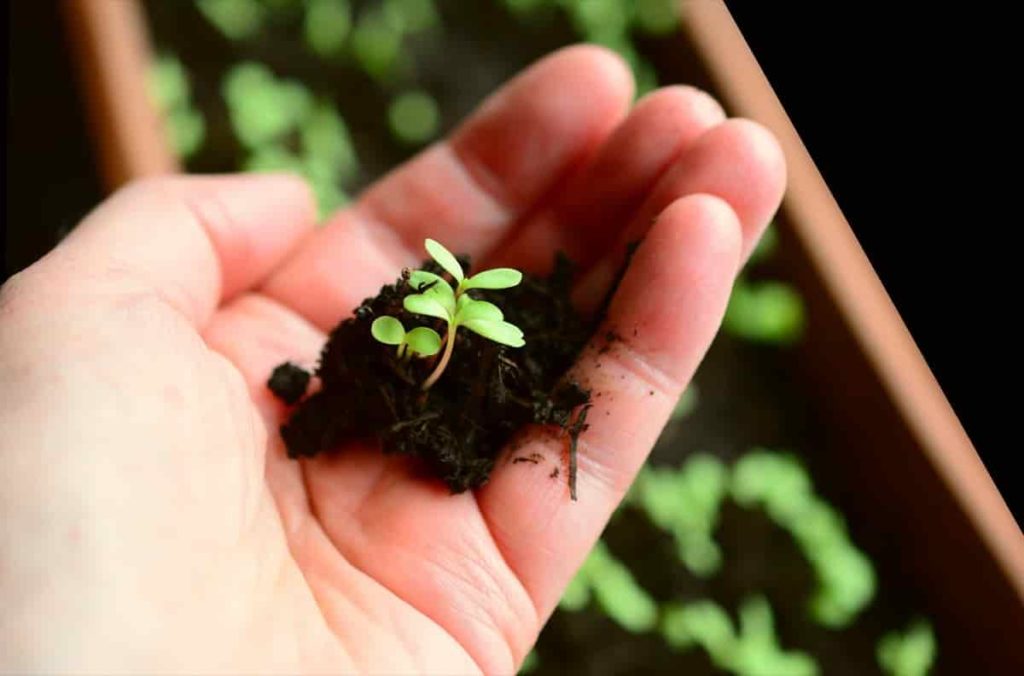
4. Fill in the hole with soil and gently press the soil around the plant. It’s important not to leave too much space around your plant, but don’t pack it too tightly. Around the plant, you may need to add more potting soil. It’s essential that you don’t let the dirt sit above the pot of water will run out.
5. Fertilize after all plants are planted. Just shake some fertilizer on top. Like this time, you purchased the bag of fertilizer and sprinkled a small amount of it throughout the container. The miniature version, which acts as a shaker, can be shaken around the pot a handful of times.
6. Make sure everything is wet. You will need to water the plants (and water in the fertilizer) at this point. You should soak them well. They’re ready to grow now.
7. The first time you see them, they will seem a bit wimpy. Don’t worry. Just give time to grow. Within a week or two, you’ll notice a difference – especially if you compare your photos the day you plant. If you take proper care, you probably won’t see any dirt within 3-4 weeks or less.
Top flowers to grow in pots
Calendula
Calendulas are easy to grow, bloom long (from June to October), grow fast and are straightforward, and require very little maintenance. In addition, they will provide you with a splash of orange color. Also, if you harvest the flowers and eat them, it’s one of the most beneficial plants for your health. It’s also very popular with bees.
In case if you miss this: Top 50 Vegetables To Grow In The Backyard
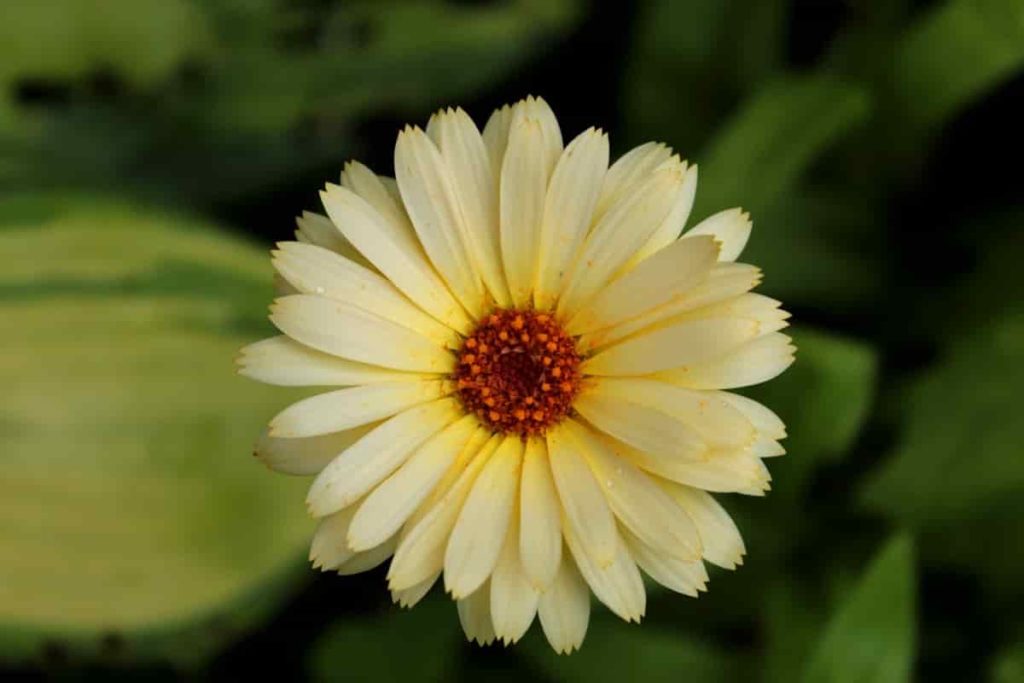
Phlox
Phlox is a highly fragrant herbaceous plant that has been a favorite for generations. Once in bloom, these plants don’t need much maintenance. The plants thrive in cooler climates, too, as they like lots of moisture and don’t need too much sunlight. Phlox love extra nutrition, so they are fertilized and mulched throughout the summer. Plant supports are also required until the plants mature.
Calibrachoas
A million bells thrive in Zones 9-11, and while they thrive in full sun to part shade, they prefer 6 to 8 hours of direct sunlight per day. Regular watering and fertilization are all they need to thrive.
Geraniums
Dark Red and ‘White Watermelon are classic geraniums that look natural on porches in summer, just as pumpkins do in the fall. The sun should be shining at least four to six hours a day on these cheerful annuals. Remove faded blooms during the growing season and fertilize the pots with a half-strength water-soluble fertilizer every two weeks. You can then bring them indoors before frost and enjoy them in a sunny window as houseplants.
Petunias
These are planted with Supertunia’ Bordeaux’ petunias, Snowstorm Snow Globe bacopas, and Diamond Frost Euphorbia for sunny locations. Most of these plants are grown as long-blooming annuals, except the petunias and euphorbia, which are hardy in Zones 10 and 11, and the bacopa, which is hardy in Zones 9-11. It means that you do not have to remove faded flowers because they are all self-cleaning. Combining these plants is a recipe called Last Tango in Paris.
In case if you miss this: Top 20 Quick Growing Herbs In Pots/Containers

Mandevilla
Initially found in a region of Brazil known for diamond mining, Diamantina Mandeville is an exotic-looking plant. Mandevilla ‘Pink Blush,’ pictured here, doesn’t need trellising or other supports, so it’s perfect for pots and mixed containers. Almost carefree, this annual blooms heavily throughout the summer in full sun.
Marigolds
Containers are adorned with golden yellow, maroon, and other colors with easy-to-grow marigolds. Although French marigolds and other types grow smaller and bushier, some grow tall. Therefore, ensure they receive at least six hours of sun a day and grow them in potting soil that drains well. The autumn colors are beautiful. One of these varieties is Bonanza Deep Orange.
Sweet pea
A classic cottage garden plant, sweet peas, Lathyrus odoratus, is influential in scent and makes delightfully fragrant plants. In addition to being hardy, sweet peas can also tolerate wet conditions (including British summers). Tubes made from toilet paper can be used to sow sweet peas. It is that easy. It is essential to use a deep container for sweet peas since they have deep roots. If you want to sow indoors in late winter, or if you want to sow directly to flower, plant seeds in March/April. You can pinch out the tips of the plants to encourage bushier growth and more flowers.
Periwinkle
You’ve probably noticed Periwinkles (Vinca minor) in your local park and wondered what they were. You’ll be pleased to know that they are short flowers to grow that work nicely as ground cover due to their hardiness and rapid growth. A wide variety of colors and beautiful variegated foliage are available, including purple, blue, yellow, and many more.
Cosmos
Chocolate cosmos / Cosmos atrosanguineus are annuals or perennials, and they have divided leaves and daisy-like flowers when in bloom in summer. Consequently, they are relatively hardy, need mulching in fall, and freeze in winter. The cosmos, in general, is one of the easiest and most rewarding flowers to grow. You probably drew flowers that looked like cosmos when you were in school.
In case if you miss this: How To Prepare Soil For Planting In Pots
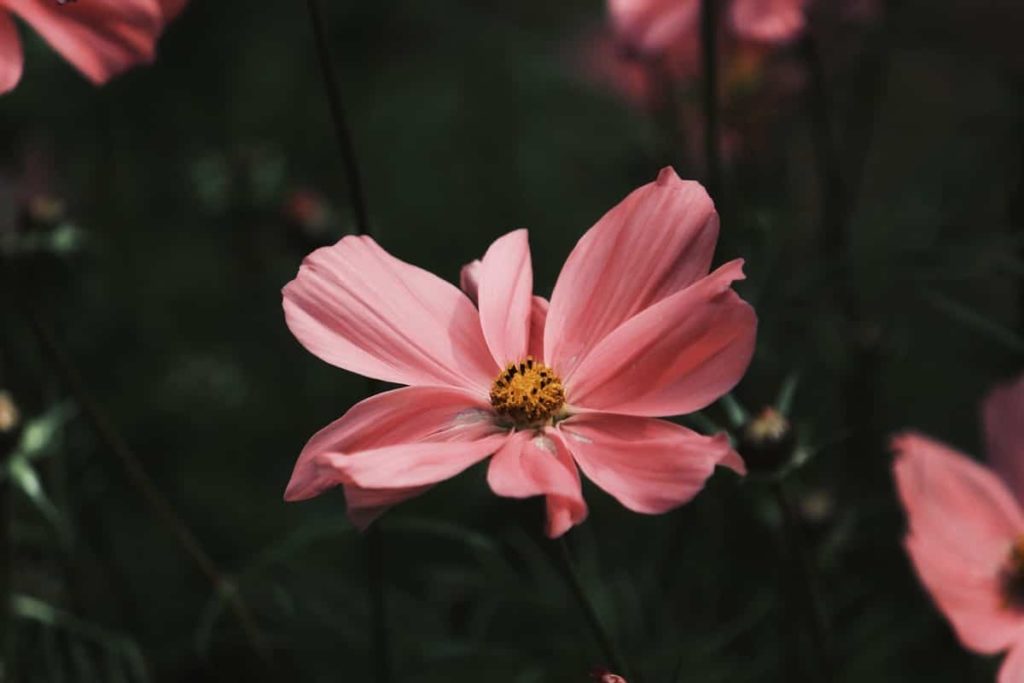
The blooms of these simple but beautiful flowers are delicate and beautiful in pots, with an open flower that gives bees easy access to nectar. So colorful and can also be displayed in vases to add a pop of color to your living space, they make a great addition.
Tips for planting flowers in pots
The seedlings need regular watering as they settle in, and autumn is an excellent time to plant since the weather is more relaxed and the air is more humid.
In the winter, flowering plants in pots could brighten up your winter if you do not have a garden or are renting.
Plant your seeds before
- Consider where you will keep your pot. Depending on the amount of sun, rain, and wind, your choice of plants will be different. Find an online plant group that will do well where you live.
- Make sure you ask a seller if the plant has any special requirements before you buy it. Orchids, for example, need an excellent drainage system, succulents require sand, and plants that require moisture may need coconut fiber added to the mix.
- If you want to share a pot with different plants, make sure they have the exact growing needs, such as the same type of soil, sun, water, and fertilizer.
- Garden soil is not suitable for potted plants. It does not drain well and suffocates the plants’ roots. Instead, invest in the best potting mix you can afford and add homemade compost if you plant edibles that overgrow.
How to plant flowers
- Local nurseries have seedlings that provide instant color. Most of these plants will be annuals (which live for one season, then reproduce and die). Young plants flower more quickly, but seedlings cost less.
- Flowers and perennials hold their color for a long time.
- Even when the plant isn’t flowering, its leaves add to its texture.
- If you want to include food plants, don’t forget that many flowers are also edible. The flower bouquets may include botanical flowers such as borage, calendula, marigolds, chives, nasturtiums, and violets, among many others. Similarly, edibles like strawberries have pretty flowers.
- Stagger the flowering time of different plants. For example, in some winter plants, spring flowers appear in the seeds of daffodil bulbs or low-growing thyme or strawberries.
Pots and DIY options
You can save money and get inventive here.
- It doesn’t matter if it’s old boots, teapots, or even toilets. If you can add drainage holes (a ceramic drill bit will create holes in china cups), it can hold potting mix.
- Before filling large containers, place them in their final positions. If your pots get too heavy to move, you can purchase a mini trolley with wheels (make sure it has wheel locks if you’re on a slope!).
In case if you miss this: Growing Coleus Indoors, Coleus Types, Coleus Care
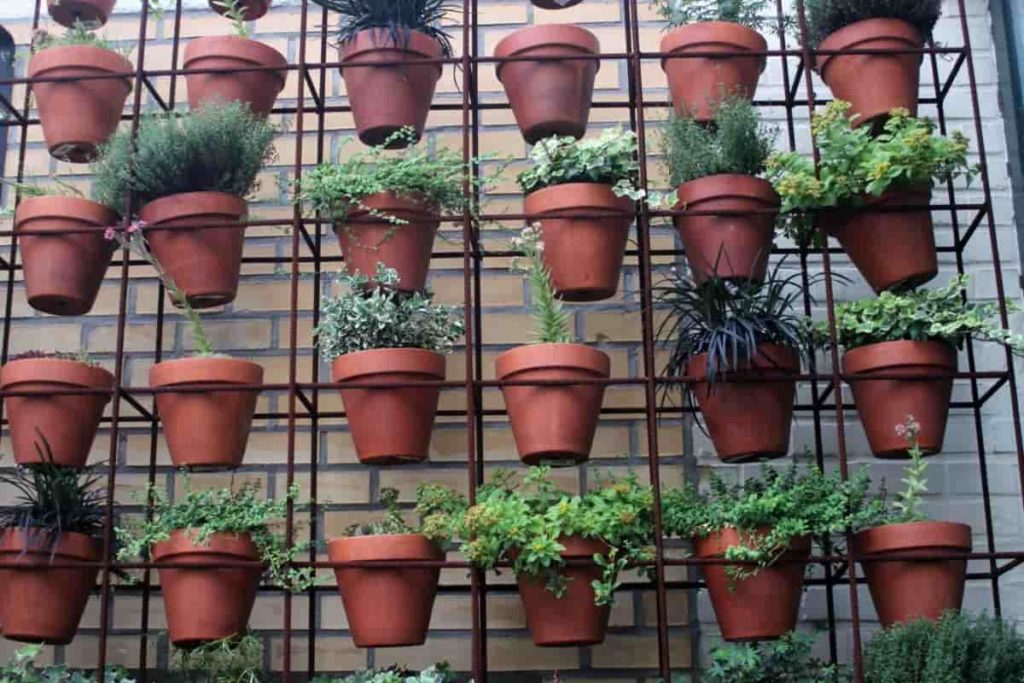
Planting time
- It’s easy here. Plants need to be added to the best-quality potting mix you can find.
- Place a scrap of shade cloth or a flat stone over a large hole in the bottom of your container, so the mix does not fall out.
- Make sure you read the plant labels to know how big the plants will get and space them accordingly.
- If the soil sits too low, the stems are buried, but they could dry out or fall over if it sits too high.
- Place the tallest plants in the middle or back of the arrangement, with trailing ones cascading over the edge like flowers. Again, look for differences in shape, color, and texture.
- Water in well and enjoy.
Commonly asked questions about flowers to grow in pots
1. Which flowers last the longest in pots?
- Geraniums
- Impatiens walleriana.
- Zinnias
- Marigolds
- Tuberous Begonias
- Petunias
- Calibrachoas
- New Guinea Impatiens
2. Is it possible to grow all flowers in pots?
Containers work well for growing almost any vegetable, flower, herb, shrub, or small tree. Select plants according to the climate and the amount of sunlight or shade the container will receive, especially for smaller pots.
3. What’s the best way to grow flowers in pots at home?
- Select the pots
- Select the potting mix
- Don’t use yard or garden soil
- Select the plants
- Choosing right places
- Make the pots
- Pot the plant
4. What is the best way to take care of a potted flower plant?
- Plants need regular watering
- Measure the soil moisture
- Place water at room temperature
- Sunlight or artificial light is necessary for plants to grow
- Keep the environment humid by using a humidifier
- Provide nutrients to the plant by adding fertilizer to the pot
- Trim your plants regularly
5. How do you keep potted flowers alive outside?
- Select the correct pot
- Make sure the soil is good
- Don’t overwater or underwater
- Would you please provide them with plenty of light
- Do not let your pet near your home
- Get to know your plant
- How to Grow Hibiscus from Flower
- Plantation Ideas for Home Decoration: A Beginners Guide
- Flower Garden Designs and Layouts for Beginners
- Planting and Spacing Techniques in Papaya: A Beginner’s Guide
- Growing Gold: Essential Techniques for Planting Pineapples
- How to Make Kalanchoe Plant Bushy: Home Remedies and Solutions
- 11 Reasons Why Your Gardenia is Not Blooming: Home Remedies and Solutions
- Eco Elegance: The Guide to Designing a Drought-Tolerant Landscape
- Gardening on a Slope: Strategies for Hillside Landscaping
- Nourish and Flourish: Top Organic Mulches for Thriving House Plants
- Everything You Want to Know about Indian Mogra Flower: Discover Uses and Growing
- Green Thumb Success: Expert Tips for Cultivating Greenhouse Pumpkins All Year Round
- Maximize Growth & Flavor: The Ultimate Guide to Companion Planting in Herb Gardens
- How to Control Rhododendron Problems Naturally: Home Remedies and Organic Ways to Fix Them
- Natural Magic: The Remarkable Benefits of Cinnamon for Plants
- Best Steps to Revive Dying Tulip with Natural and Organic Treatment
- 10 Reasons Why Your Angel Trumpet is Not Blooming: Remedies and Treatment
- How to Fix Periwinkle Leaf and Flower-Related Problems: Natural Remedies and Solutions
- How to Fix Zinnias Leaf and Flower Problems: Discover Natural and Home Remedies
- Organic Steps to Induce Lemon Tree Flowers: A Comprehensive Guide
- Bloom Booster: Crafting the Perfect Homemade Bougainvillea Fertilizer
- Optimizing Growth: A Guide to Applying NPK Fertilizer for Potted Plants
- 10 Best Homemade Fertilizers for Rubber Plant: DIY Recipes and Application Method
- How to Boost Female Pumpkin Flowers: Effective Steps for More Flowers and High Yields
- Transform Your Indoor Garden: Top Benefits of Pink Salt for Houseplants
- 10 Best Homemade Fertilizers for Peacock Plants (Calathea): Easy DIY Guide
- Unlock Blooms: 9 Reasons Why Your Potted Chrysanthemum is Not Blooming
- 8 Reasons Why Your Potted Hibiscus is Not Blooming: Fix it with Simple Solutions
- Unlock Blooms: 9 Key Reasons Your Potted Frangipani Won’t Flower
- 10 Reasons Why Is My Ice Plant Not Blooming: Remedies and Treatment
- 10 Reasons Why My Potted Hydrangea Not Blooming: Treatment and Remedies
- 10 Reasons Why is My Wisteria Not Blooming: Remedies and Treatment
- 10 Reasons Why is My Goldfish Plant Not Blooming: Remedies and Treatment
- Maximize Your Space: Ultimate Guide to Balcony Gardening with Grow Bags
- 10 Reasons Why Your Iris is Not Blooming: Remedies and Treatment
- 10 Reasons Why Your Anthurium Plant is Not Blooming: Treatment and Remedies